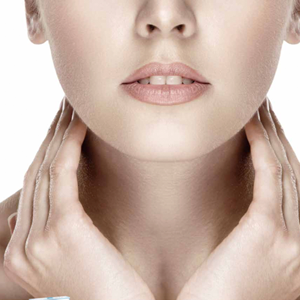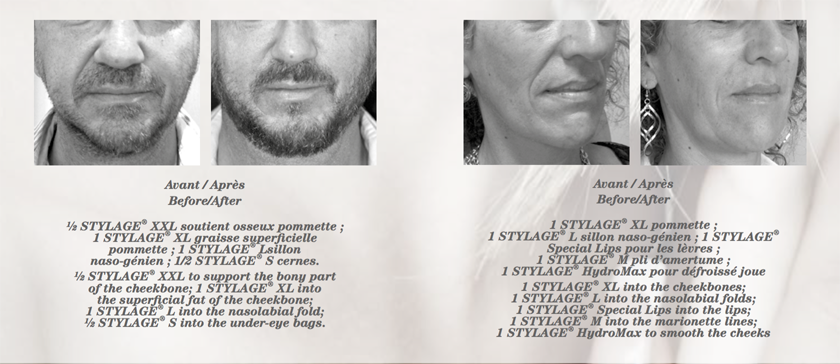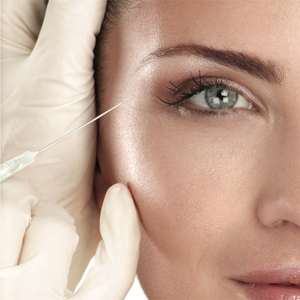By Doctor Cécile WINTER
VT: How do you choose which type of hyaluronic acid to use?
I don’t make my decision based on the type of hyaluronic acid, but rather its quality. Because what is implicit in patient/doctor relations is safety. Patients who come to see me for cosmetic reasons are not ill, so it’s important that they do not suffer from any complications afterwards. This is why I only work with globally-recognised laboratories who have demonstrated the safety of their products through numerous clinical studies and millions of treatments performed.
The STYLAGE® range, for example, is a very safe range which offers several different categories of hyaluronic acid. The range has hyaluronic acids which act upon the skin quality, such STYLAGE® Hydro and STYLAGE® Hydromax. Or products from the classic range, such as STYLAGE®S, M, and L, which are very versatile and enable us to treat fine lines by injecting interdermically, and are able to achieve a good lifting effect and support for the dermis.
These are very good hyaluronic acids for treating the nasolabial folds, for example. To treat dark shadows under the eyes, I’d go for STYLAGE® S, which is a great hyaluronic acid for this area because it is not very absorbent and creates a small lift. And this is exactly what we require in the under-eye area: to lift the tear trough slightly without the product being visible through the skin. We can thus avoid the Tyndall effect and the problem of malar bags.
When we want to treat the volume of the cheekbone itself, from an anatomical point of view we must distinguish the two different cheekbones: one is made of bone and helps to create the facial structure; the other is mobile, lying on top of the former and is made of fat. As we age, the bone of the cheekbone wastes away and the fat of the cheekbone slides downwards.
To restore volumes, I would opt for STYLAGE® XL as this hyaluronic acid has a good lifting effect but is malleable enough that its can be spread properly over the superficial malar fat, which means that when the patient smiles, they will not have that unsightly “table-tennis ball” effect, which can be created if we use a hyaluronic acid that is too thick. And then, as a support next to the bone, again using a cannula for more safety, we might use STYLAGE® XXL, which is much more viscous and can create really good volumes.
VT: What are your golden rules for achieving a natural-looking result?
CW: I’m a surgeon, but I’m only a surgeon because I’m also a doctor, so I’ve always been taught to make a diagnosis and adhere to my diagnosis during my treatment. And it’s the same for aesthetics. That’s my golden rule.
When we see a patient, we must first analyse their problem. Is there a lack of volume? Are there any muscle contractures? Is there sagging skin? And so, after having made the diagnosis, we can treat each thing using the appropriate treatment. If the patient has muscle contractures, we use botulinum toxin. If they have a loss of facial volume in certain areas, we treat these volumes either with hyaluronic acid or by lipofilling. A completely personalised approach is what people are looking for nowadays. We call it the “French Touch”: it means keeping things natural, and keeping things natural means adhering to your diagnosis.
Doctor Cécile WINTER
A Surgeon of the Face and Neck, Doctor Cécile Winter divides her time between cosmetic and reparative surgery of the face, and aesthetic medicine for the face and anatomy. Her passion for the anatomy has earned her a role as an expert consultant for university courses and at international congresses.
Working alongside Doctor Kestemont, Doctor Winter uses the synergy between the anatomy, injections and surgery to constantly improve how she treats the face, while making sure that the patient’s safety is her number one priority.

















